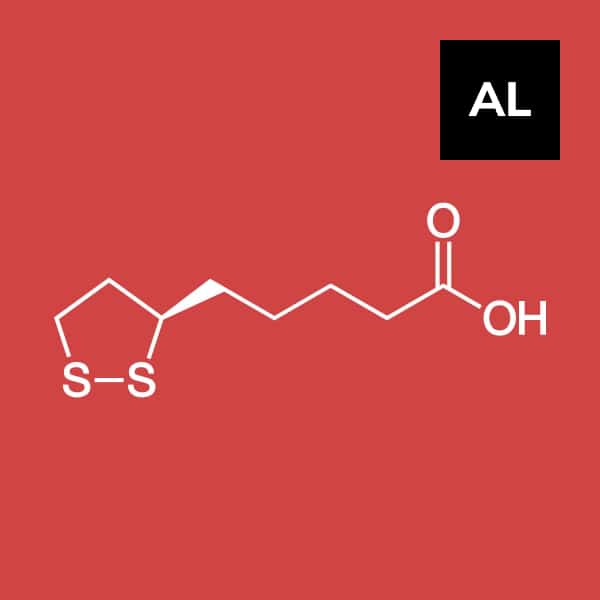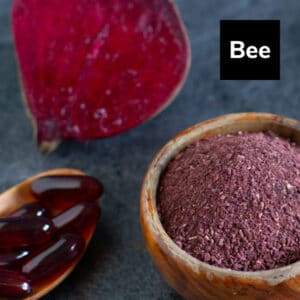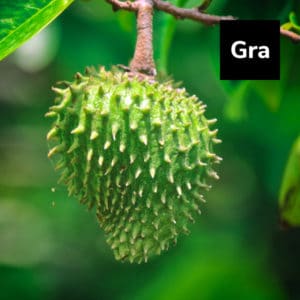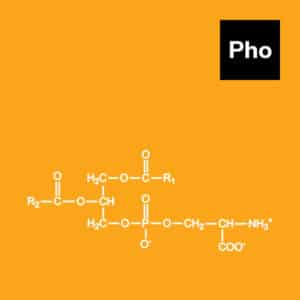Overview
Alpha lipoic acid (ALA), also known as lipoic acid, is a sulfur-containing fatty acid produced by the body in trace amounts. ALA is often called the “universal antioxidant” because it works in both water and fatty cells and tissues. Other antioxidants are either water-soluble like vitamin C, or fat-soluble like vitamin E. Thus, ALA can provide antioxidant protection to all our cells and parts of our body, including the brain. ALA can also recycle or restore other oxidized forms of antioxidants, including vitamin C, vitamin E, glutathione, and CoQ10 to their active states.
Key Benefits
- Antioxidant protection that is both potent and distinctive for the entire body
- Restores mitochondrial and cellular antioxidant protection
- It restores a variety of biological processes that are lost as we age
- Inhibits glycosylation while increasing glucose absorption (the abnormal attachment of sugar to protein).
- Reduces inflammation
- Protects brain function
- Improves nerve function
- Slows skin aging
- Supports healthy weight
- Helps remove toxic metals from the body
History of Usage
In 1937, Esmond Snell discovered that a species of bacteria needed potato juice to reproduce. As a result, alpha-lipoic acid has earned the moniker “potato growth factor.”
In 1951, Lester Reed isolated ALA, and the first clinical use of alpha-lipoic acid was recorded in Germany in 1959 for the treatment of poisoning from amanita phalloides, commonly known as the death cap mushroom. Shortly after, it was used to treat neuropathic complaints.
The newest and most exciting studies have shown that ALA has the potential to reverse some of the fundamental signs of aging and arrest degenerative conditions by restoring mitochondrial function.
Biochemistry
A sulfur-containing organosulfur chemical produced from caprylic acid is known as alpha-lipoic acid or thioctic acid. Carbohydrates are broken down with the help of this acid, which is why it is so frequently employed in the body.
An important factor in the aging process is the deterioration of mitochondrial function. The mitochondria are the powerhouses inside all cells. Cells are able to function, mend, and sustain themselves (thanks to the energy they generate!). Mitochondria begin to lose their ability to efficiently create energy as they become older. Since our energy comes from this source within our cells, we begin to lose our energy, and our remaining mitochondrial function becomes less efficient, and our health begins to suffer.
In the Krebs cycle, ALA is a coenzyme that helps mitochondria convert glucose, lipids, and proteins into carbon dioxide and adenosine triphosphate, the chemical energy that drives cell metabolism (ATP).
NAD+ and energy metabolism are also supported by a cycle that supplies precursors for certain amino acids and NADH, the reducing agent that is required to give electrons during biological reactions.
Recent Trends
ALA’s market size was USD 805.7 million in 2020 and will grow at 6.3% CAGR from 2021 to 2027.
One hundred percent pure R-lipoic acid is not commercially available. It is available as a racemic mixture of R-(natural) and S-(unnatural). It is available in the form of oral supplementation in weight loss products, personal care, and dietary supplements. Likewise, it is available in pet care products, and by intravenous injection for various medical treatments.
Precautions
- ALA is considered a safe supplementation without any side effects.
- However, individuals should consult with their health care provider before taking ALA if they have any of the following conditions: liver disease, thyroid disorder, a thiamine deficiency, diabetes, alcoholism.
- In case of an allergic reaction, such as skin rash, nausea, or vomiting, stop taking ALA.
References
- Van Remmen H, Richardson A. “Oxidative damage to mitochondria and aging,” Exp Gerontol 2001 Jul;36(7):957-68.
- Zhang L, Xing GQ, Barker JL, Chang Y, Maric D, Ma W, Li BS, Rubinow DR. “Alpha-lipoic acid protects rat cortical neurons against cell death induced by amyloid and hydrogen peroxide through the Akt signaling pathway.” Neurosci Lett 2001 Oct 26;312(3):125-8.
- Packer L, Witt EH, Tritschler HJ. Alpha-lipoic acid as a biological antioxidant. Free Radic Biol Med 1995;19:227–50 [review].
- Snell EE, Strong FM, Peterson WH. Growth factors for bacteria: Fractionation and properties of an accessory factor for lactic acid bacteria. Biochem J. 1937;31(10):1789-1799. doi:10.1042/bj0311789
- Reed, L. J., DeBusk, B. G., Gunsalus, I. C., & Hornberger, C. S. (1951). Crystalline α-lipoic acid: a catalytic agent associated with pyruvate dehydrogenase. Science, 114(2952), 93-94
- Bock E, Schneeweiss J. Ein Beitrag zur Therapie der neuropathia diabetic. Munchner Med Wochenschrift. 1959;43:1911–1912.
- Salehi B, Berkay Yılmaz Y, Antika G, et al. Insights on the Use of α-Lipoic Acid for Therapeutic Purposes. Biomolecules. 2019;9(8):356. Published 2019 Aug 9. doi:10.3390/biom9080356
- Kucukgoncu S, Zhou E, Lucas KB, Tek C. Alpha-lipoic acid (ALA) as a supplementation for weight loss: results from a meta-analysis of randomized controlled trials. Obes Rev. 2017;18(5):594-601. doi:10.1111/obr.12528




